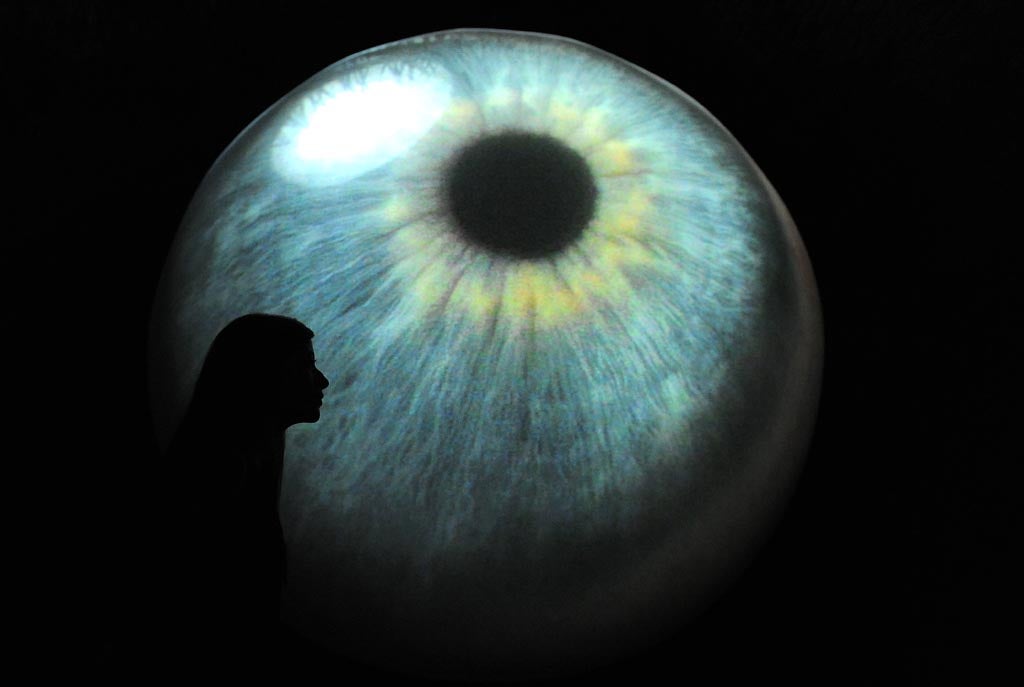Presidential optical illusion offers clues to how brain processes faces
Study shows that individual neurons fire when they see a face they recognise

An optical illusion that appears after looking at pictures of Bill Clinton and George W Bush offers important clues to how the brain and eyes see faces.
The illusion is conjured by first concentrating for a short while on the red dot between the two men’s faces. When you look down at the second red dot, between a blended version of the faces, you will likely see Clinton’s face on the left side and that of Bush on the right.
But the bottom two pictures are in fact exactly the same.
The illusion comes from an effect called neural adaptation, or sensory adapation, where the way the brain understands things changes over time. It’s the same kind of sensation that means that a noise might seem loud the first time it’s heard — but will slowly become unnoticeable over time.
It also means that if you look at Clinton for a while and then look at the merged picture, you’ll immediately see Bush, and vice versa.
The image was used in a recent study that looked to understand how the eye and brain actually processes such images.
The scientists found that neurons in the eye were actually involved in making the decision about which of the two faces the brain would see, according to a new study reported in Scientific American. Individual neurons fired in response only to images of specific people that they recognise, the study found.
Christof Koch, one of the scientists on the study, writes that the ability to do so is a central part of growing up and helps us live within society for obvious reasons, but also helps us understand ourselves and others. It is enabled by a series of often unnoticed ways that the brain processes such information.
Subscribe to Independent Premium to bookmark this article
Want to bookmark your favourite articles and stories to read or reference later? Start your Independent Premium subscription today.

Join our commenting forum
Join thought-provoking conversations, follow other Independent readers and see their replies